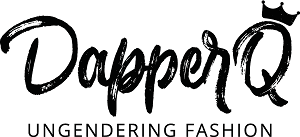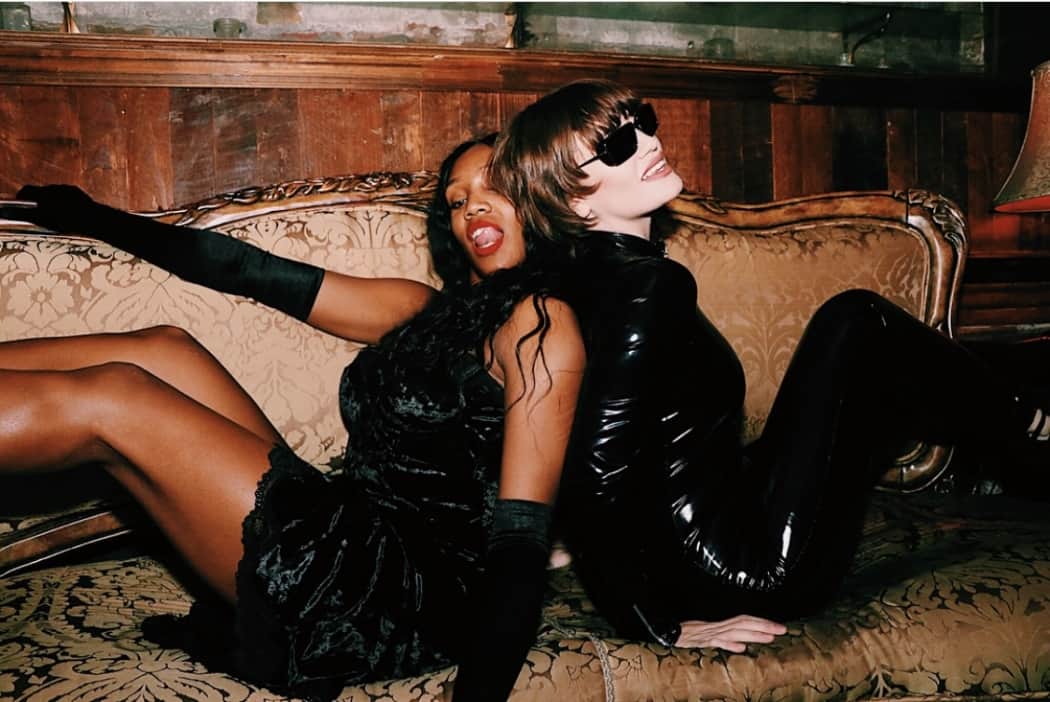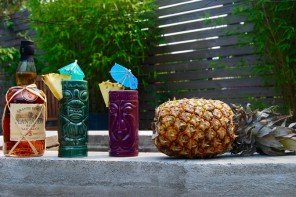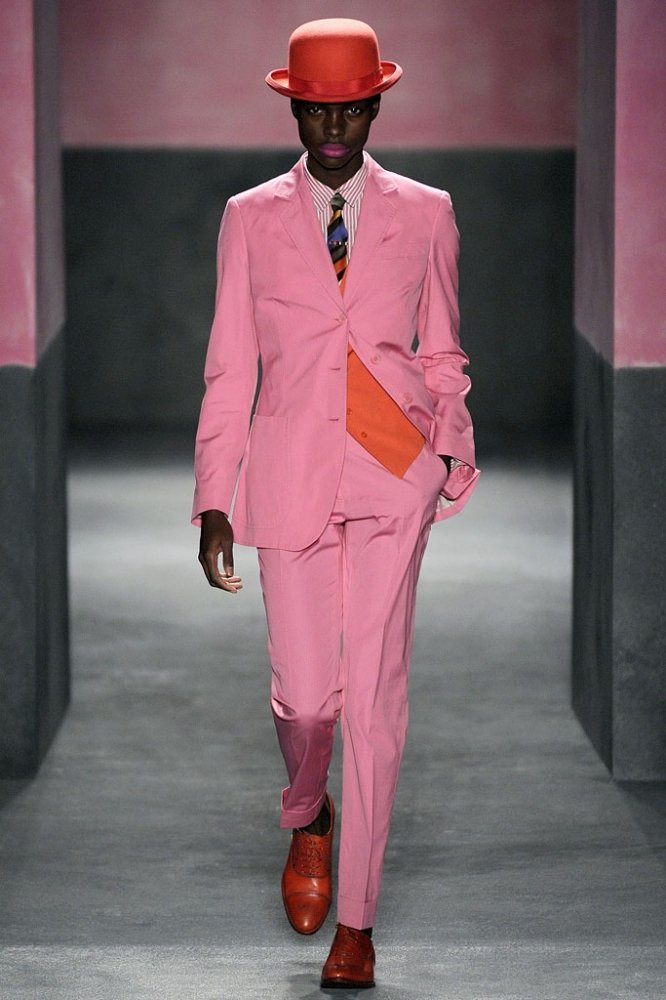When it comes to New York City nightlife, I rarely experience FOMO (Fear of Missing Out) anymore. I moved to Manhattan in 1999 and spent a fair amount of my first decade in the city exploring the robust nightlife here, which did not exist in my home city: Albuquerque.
Sex and the City (problematic af, I know) first aired one year before I arrived in NYC, and my dream was to develop a closet as eclectic as Carrie Bradshaw’s so I could gallivant in style to all of the top restaurants, underground speakeasies, and guest list only nightclubs that I managed to swindle my way into. (Truth be told, I ended up dressing more along the lines of Charlotte.)
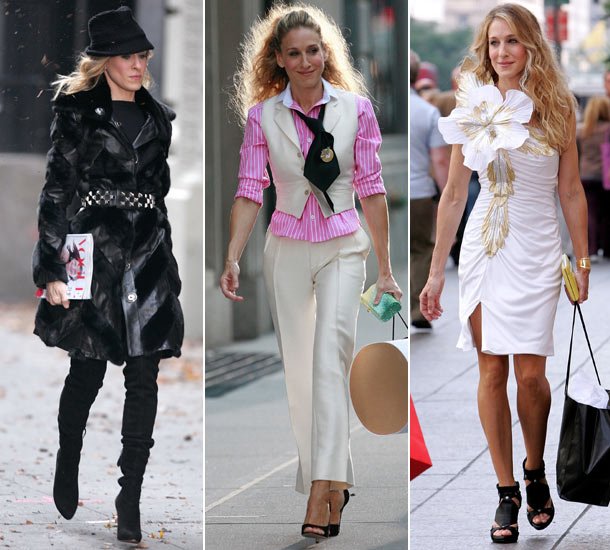
No matter where I have called home, I have always been that boujie high femme-as-in-*uck-you bish. I remember crying when our elementary school Physical Education teacher would demand that I change out of my patent leather flats and put on clunky sneakers for gym class. I would look down at my sneakers and decry, “They’re so ugly!”
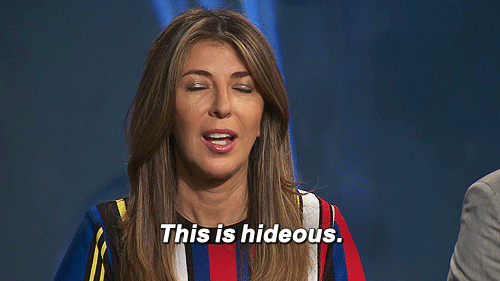
After coming out in Albuquerque, I was so eager to show off my bourgeoning baby femme style at the only (now closed) gay bar in the city that boasted a queer women’s night. Unfortunately, in the 90s, the queer women’s scene in New Mexico was very exclusionary and binary. In our small community, there was a cool-girl pecking order, and this hierarchy only recognized two types of queer women: butch dykes and lipstick lesbians. That was all. No one else allowed. And, let me tell you, in this community, anyone who presented feminine was considered less intelligent, weaker, apolitical, and most likely “experimenting.” Needless to say, I felt more at home and more welcomed on the nights curated for gay men because, at least on those nights, my over the top faux bling and feather boas were appreciated.
When I arrived to NYC, I was thrilled that there were so many bars and parties specifically geared toward queer women. Not just one night a week on the slowest performing night at a gay men’s club. Actual brick and mortar venues and rotating parties dedicated to us! But, alas, it was the late 90s/early 00s and even the community in NYC was still stuck in butch/femme binaries that often manifested as trite fashion and behavioral stereotypes.
Once again, I found myself going to straight Black clubs and gay men’s events, where my femininity and fashion were celebrated, and, to be honest, where the programming ranged from drag shows, world-renowned DJs, seaside dance parties, old school hip-hop on vinyl nights, and rooftop happy hour cocktails overlooking the glorious skyline, rather than simple reenactments of straight pubs.
Queer women’s nightlife in NYC began to evolve as our communities started demanding more inclusive, safe spaces that welcomed a range of identities and presentations. With that came more diversity in programming. I also witnessed fashion increasingly being embraced as a form of self-care, self-affirmation, and a tool for liberation across the feminine-masculine spectrum. The fashion on the dancefloors at queer women’s events became really interesting and slightly less homogenous, although still very limited by styles that were “acceptably queer”: hipster, club kid, and dapper. There still didn’t seem to be any room for the Carrie (cough, cough, Charlotte) in me. I was still pegged as the outsider. As such, I continued to spend more time in the Pines rocking seersucker J. Crew swimsuits and oversized (knockoff) designer sunglasses than I did trying to fit into vintage rock t-shirts and attempting to shoot pool so I could be somewhat visible in queer women’s spaces.
Today, I am so busy running dapperQ and working in healthcare research that I barely have the time or energy to stay out until 5am with glitter running down my face anyway. In fact, nothing is more exciting to me than staying home, ordering from my favorite restaurants, and eating in the comfort of my underwear while binge watching my favorite shows. My friend introduced me to a new acronym to describe this phase of NYC life: JOMO (Joy of Missing Out).
But I recently came across something that admittedly sparked a little (maybe a lot) of FOMO. While perusing social media for stylish folks to feature on dapperQ’s Instagram, I found some photos posted by Ellis, “a community for women who love women” offering “invite-only events to celebrate the beautifully curious, fluid, interesting and interested women of New York City.” This sent me down a FOMO rabbit hole. I found it! This was the party I had always longed for. The styles. The lewks. The locations. Oh my!
 Photo by @notgracechu
Photo by @notgracechu
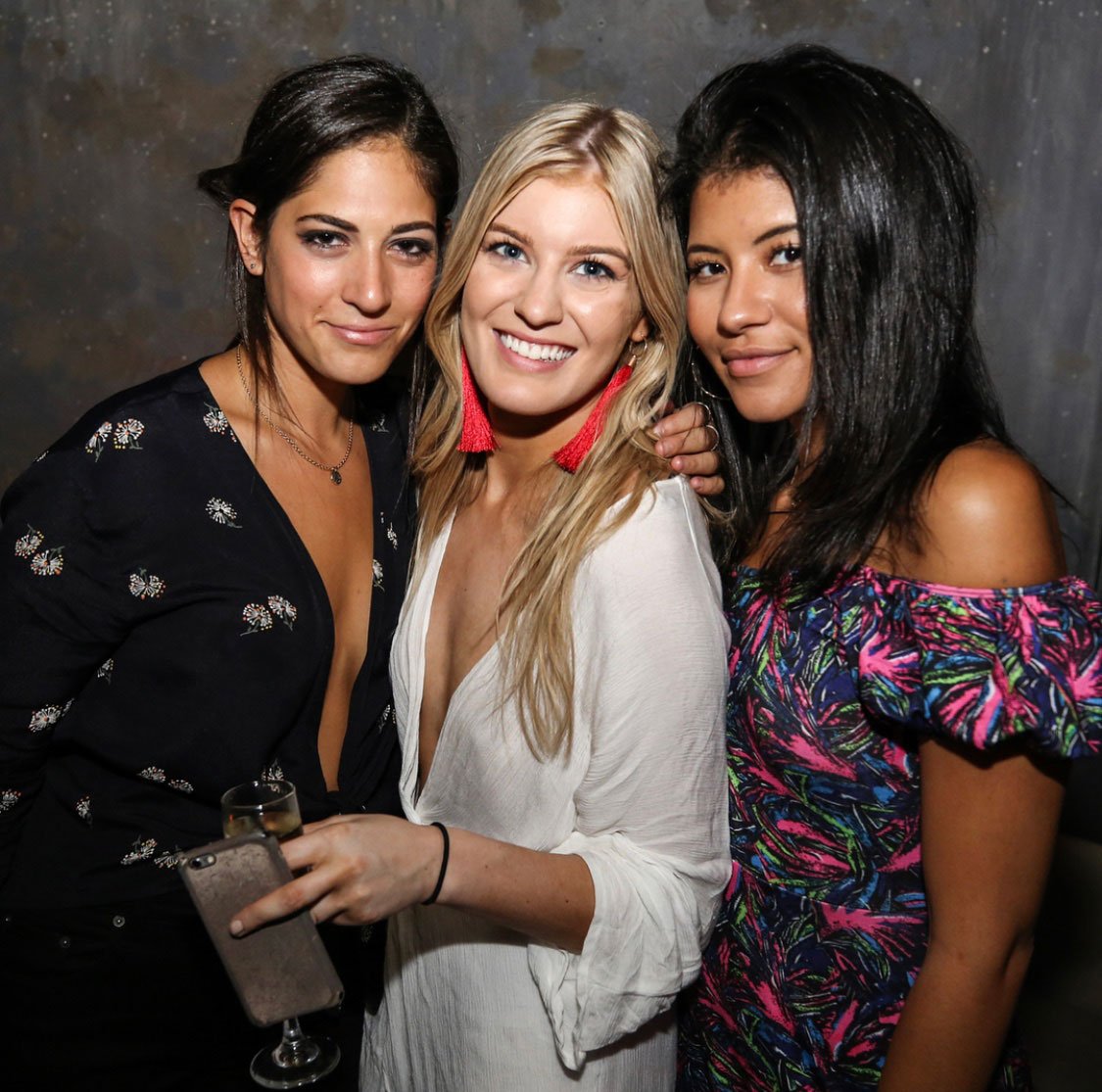 Photo by @notgracechu
Photo by @notgracechu
 Photo by @darian_chloe
Photo by @darian_chloe
 Photo by @darian_chloe
Photo by @darian_chloe
 Photo via @ellispresents
Photo via @ellispresents
 Photo via @ellispresents
Photo via @ellispresents
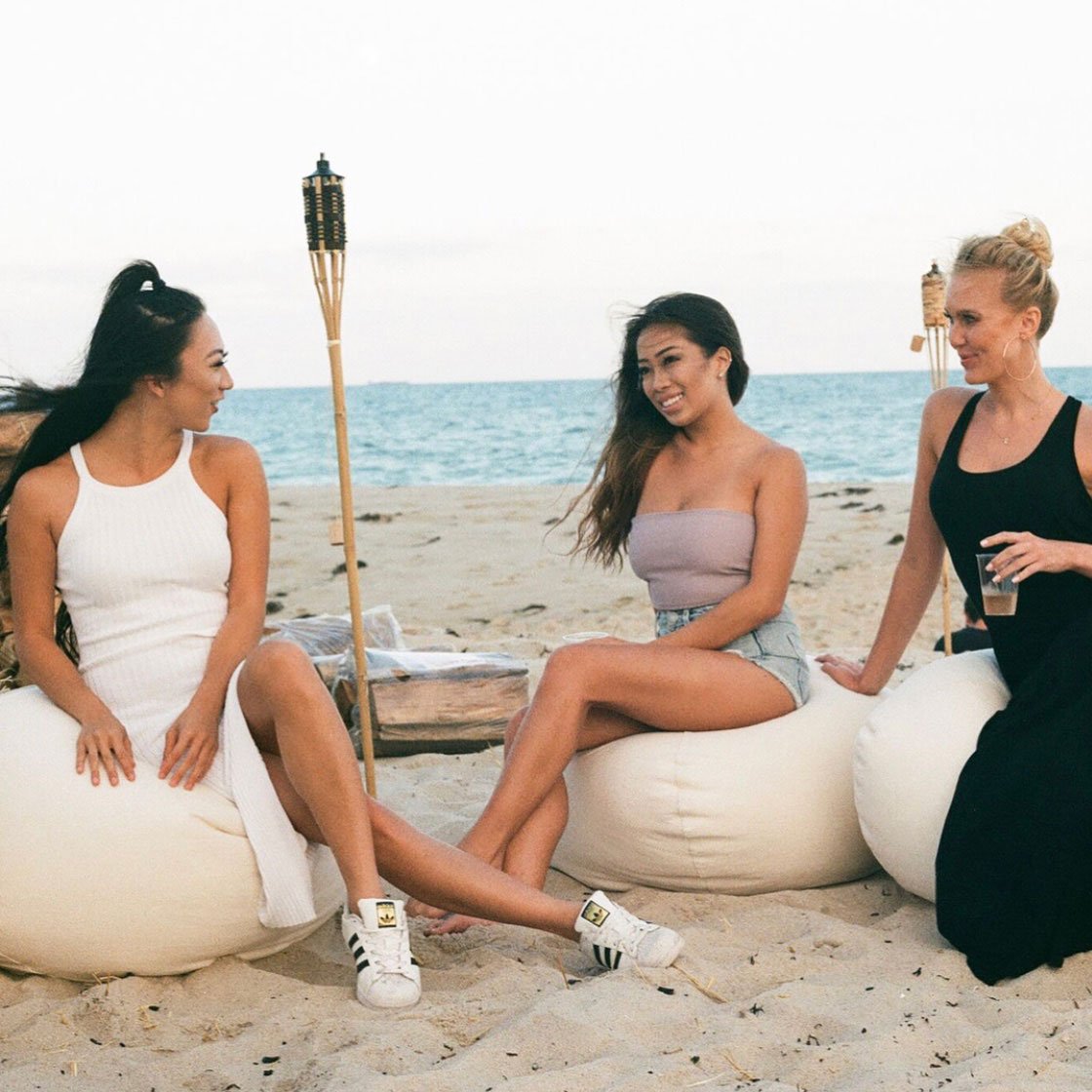 Photo via @ellispresents
Photo via @ellispresents
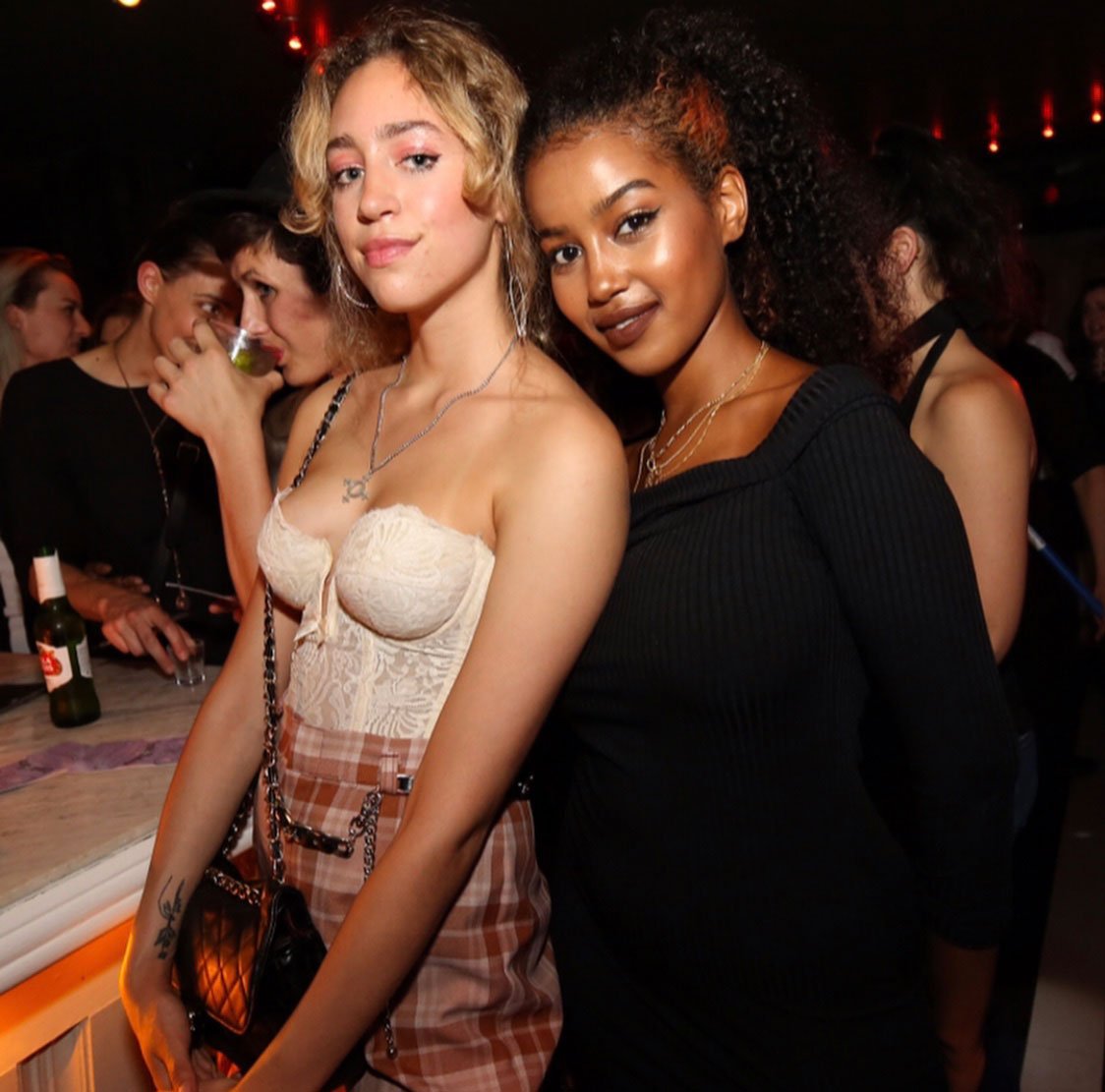 Photo by @notgracechu
Photo by @notgracechu
 Photo via @ellispresents
Photo via @ellispresents
 Photo by @notgracechu
Photo by @notgracechu
 Photo via @ellispresents
Photo via @ellispresents
 Photo via @ellispresents
Photo via @ellispresents
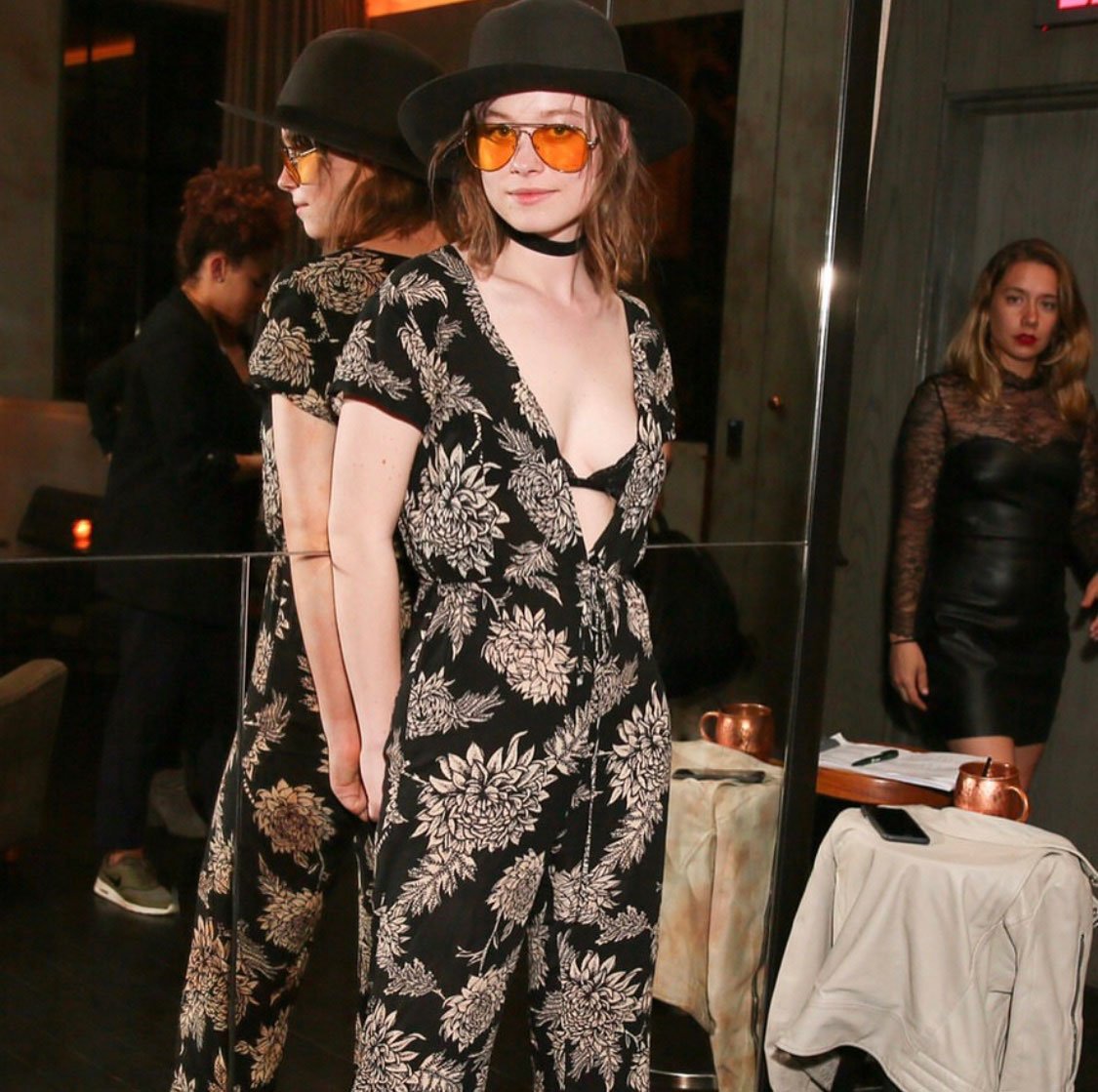 Photo via @ellispresents
Photo via @ellispresents
 Photo by @darian_chloe
Photo by @darian_chloe
 Photo by @gscarles
Photo by @gscarles
Not to knock on anyone else’s style preference (or lack of interest in fashion), but fashion is political. My fashion was never “queer enough”. Events like Ellis remind us that there is no “right” way to “look gay.” Ellis just happens to be one of the most stylish queer women’s parties around today, and offers a platform to express one of many queer aesthetics.
